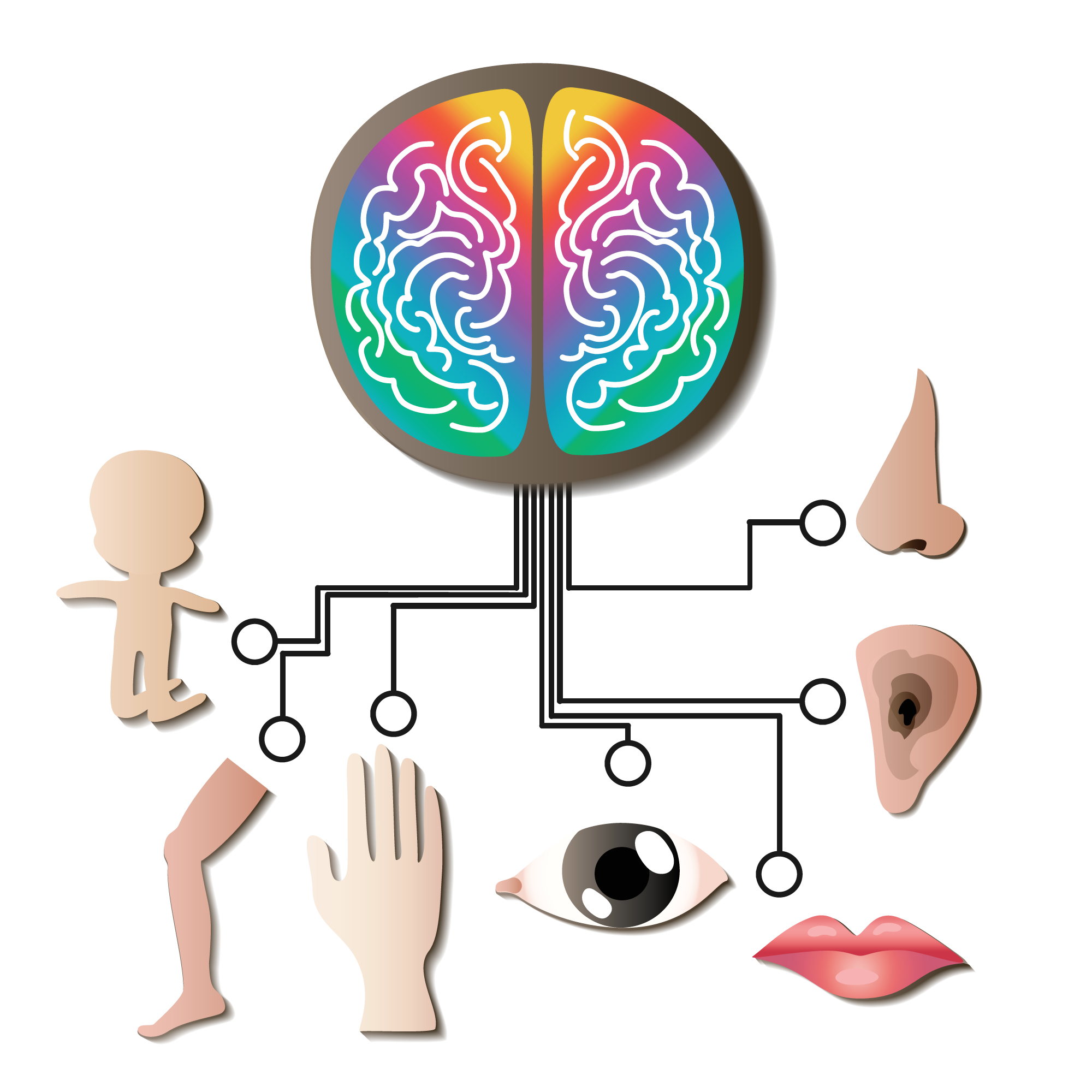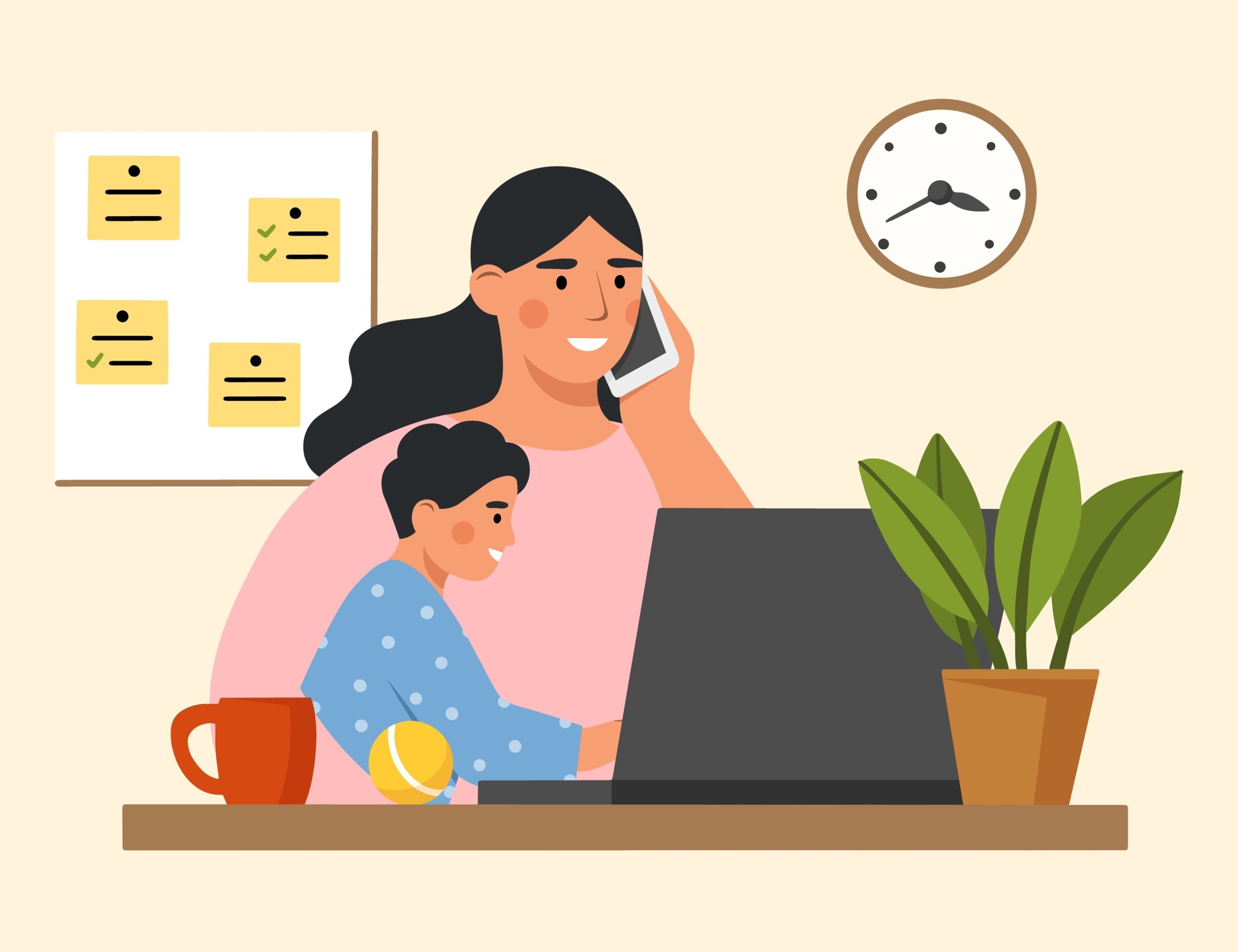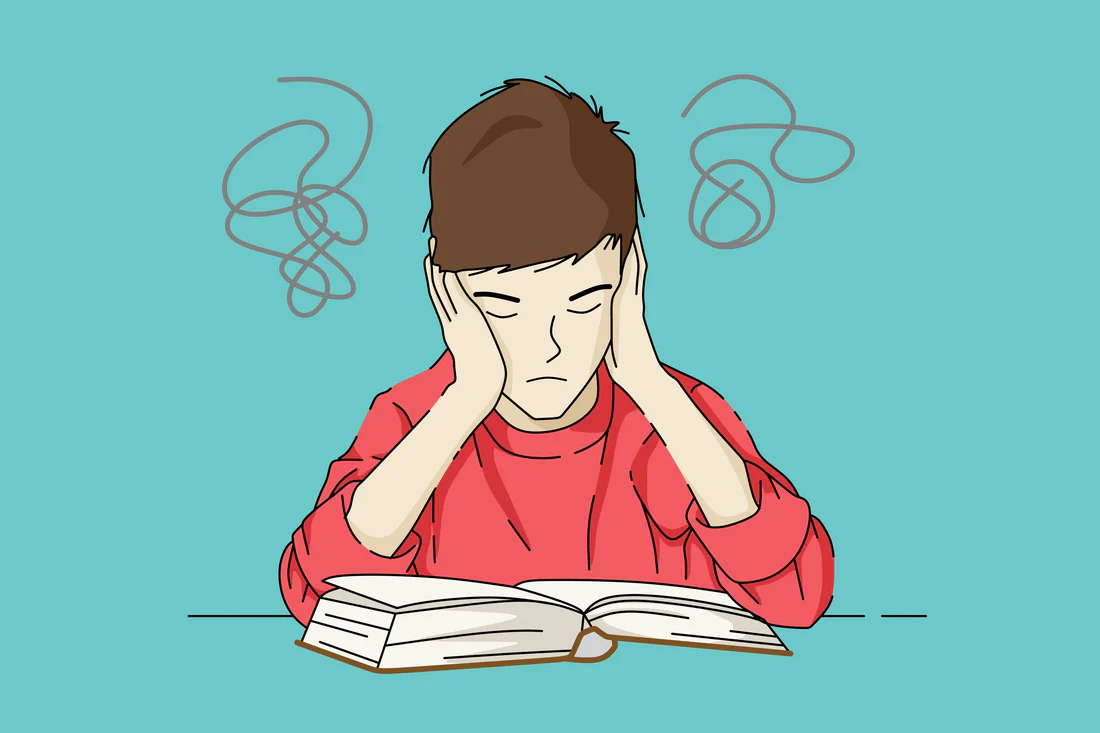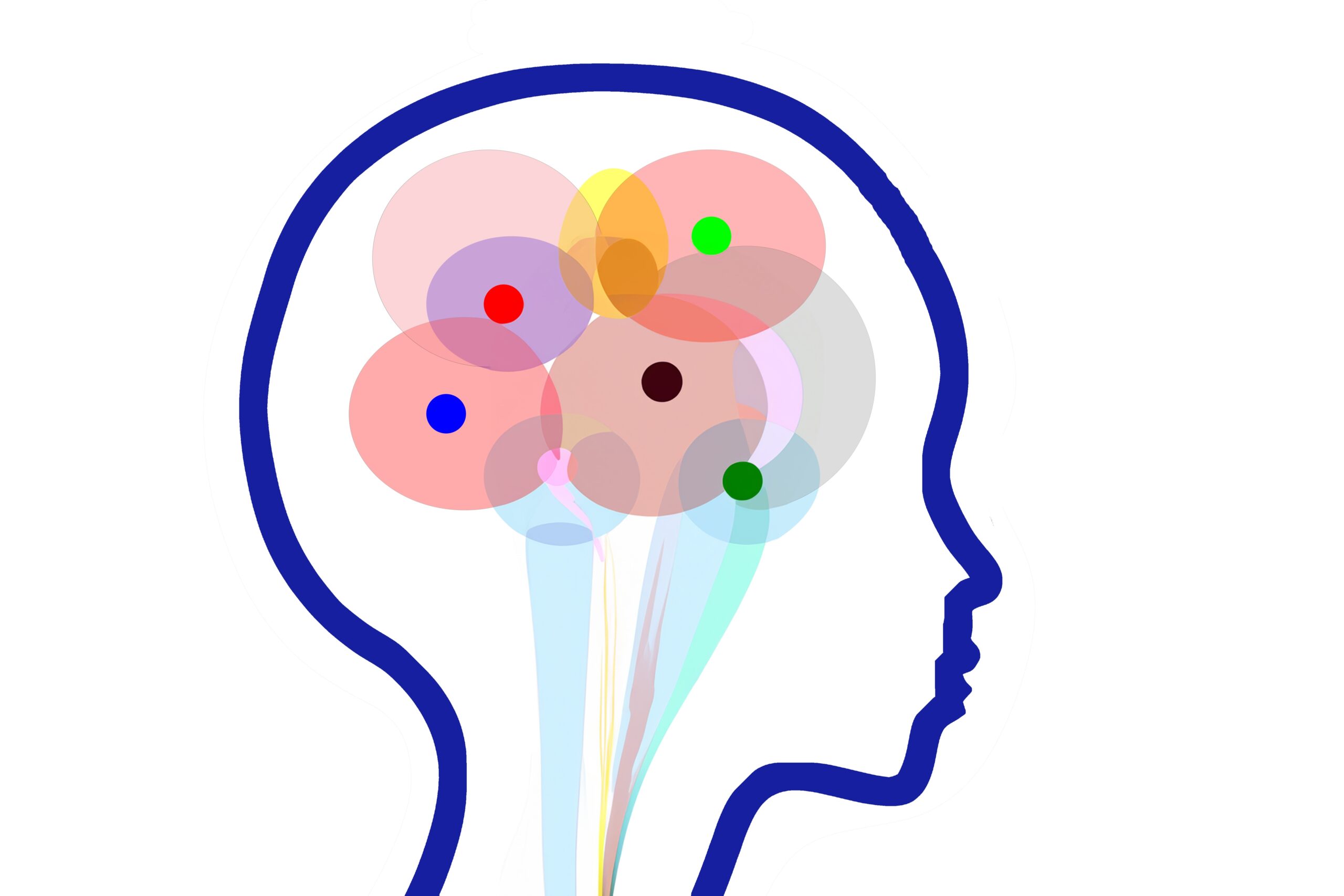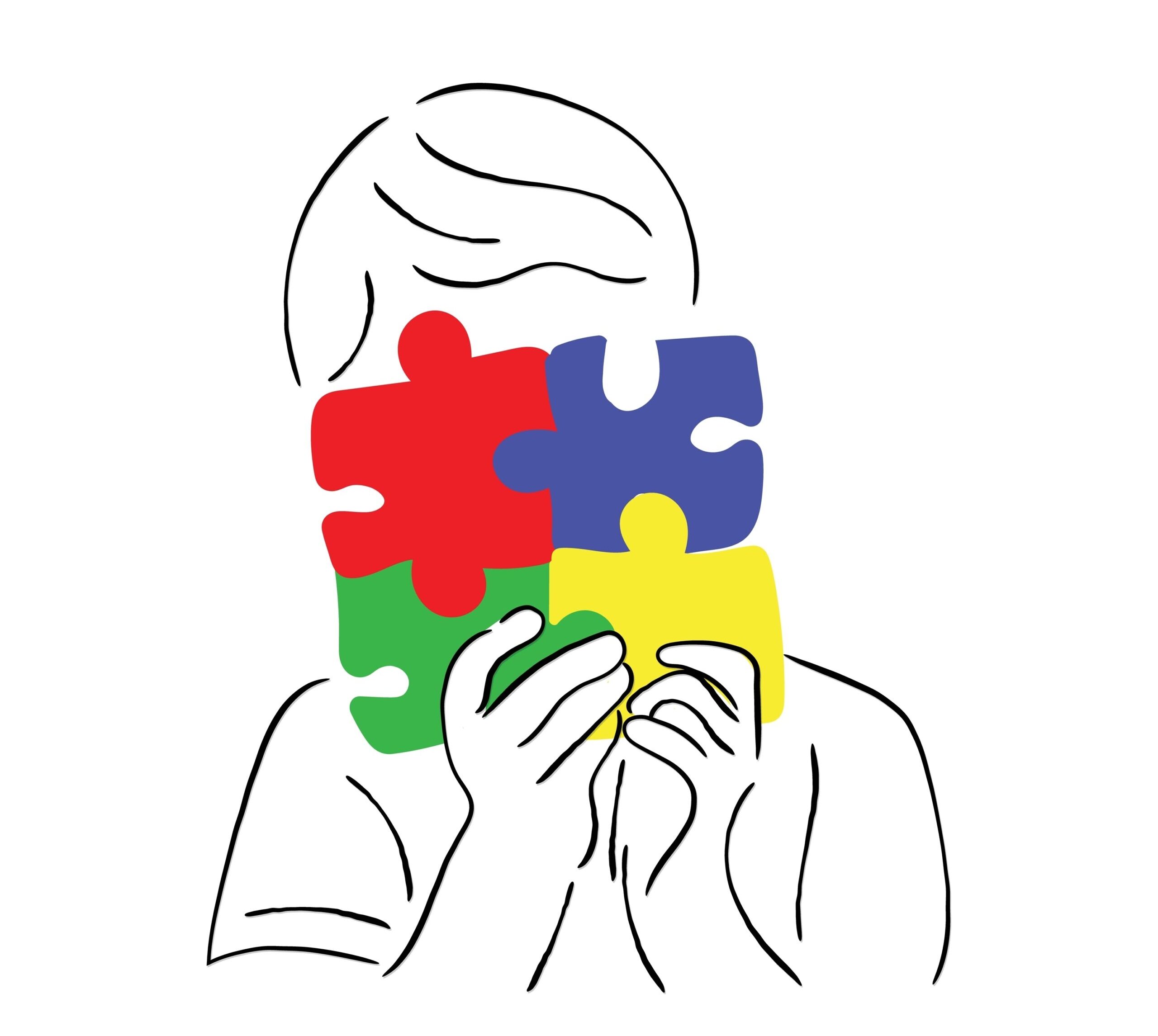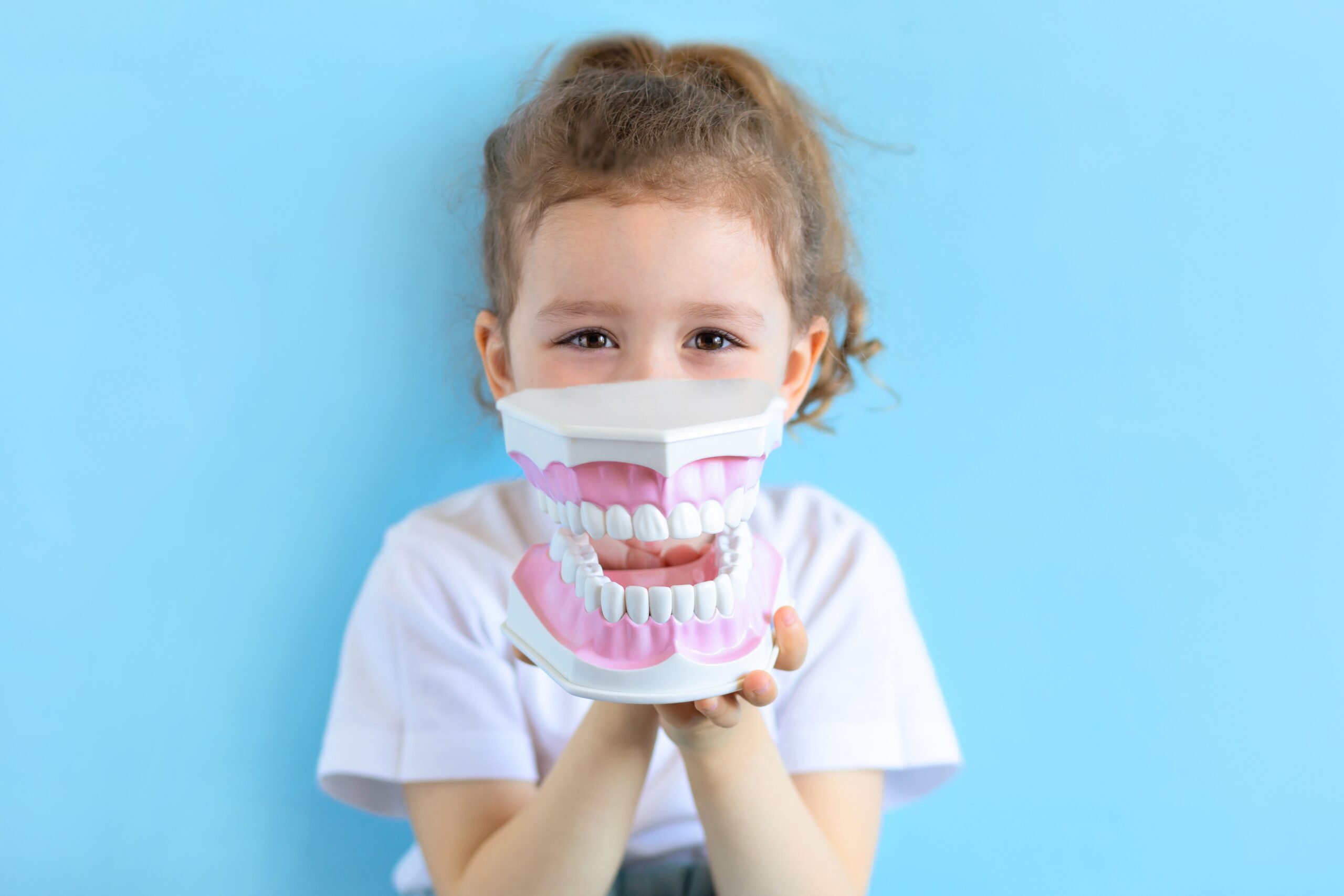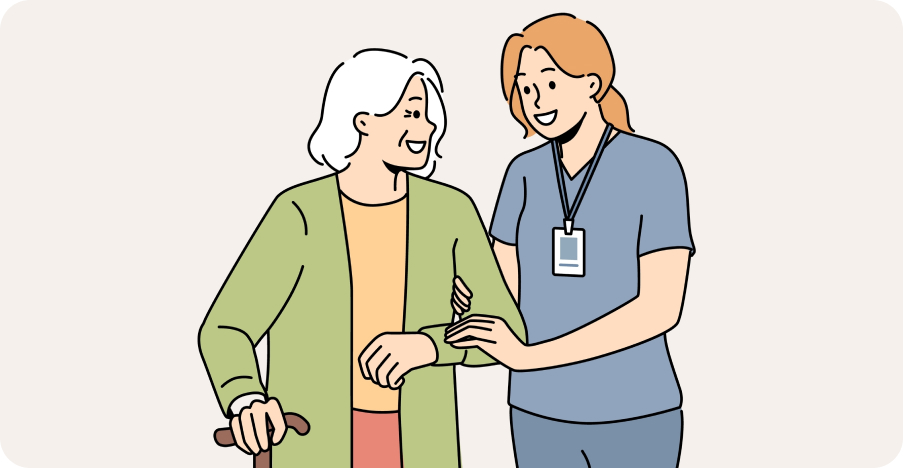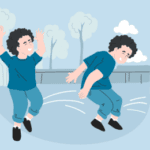
Sensory Processing Disorder
- Signs and Symptoms of Sensory Processing Disorder in Children
- Sensory Processing Disorder in Teens: Signs, Symptoms, Diagnosis & Treatment
- Sensory Processing Disorder (SPD) in Adults: Signs, Diagnosis, Treatment & Coping Strategies
- Types of Sensory Processing Disorder (SPD): Symptoms, Characteristics & Treatment
- Sensory Processing Disorder Treatment Options & Best Therapies for SPD in Children and Adults
- Living with Sensory Processing Disorder: Daily Tips, Support Strategies, and Family Guidance
- Vestibular and Proprioceptive Processing in Sensory Processing Disorder (SPD)
- Causes and Risk Factors of Sensory Processing Disorder (SPD): What Science Knows
- How Is Sensory Processing Disorder Diagnosed? Tests, Signs, and Evaluation Tools
- Stimming Behaviors in Sensory Processing Disorder: What They Are and Why They Matter
- Sensory Processing Disorder and Learning: How Sensory Challenges Affect Education
- Sensory Diet Strategies for Kids: Effective Tools for Sensory Regulation
- Sensory Integration Disorder and Sensory Integration Therapy
- Sensory Discrimination Disorder
- Sensory Modulation Disorder: Symptoms, Subtypes, and Treatment Strategies
- Sensory Over-Responsivity (SOR): Signs, Causes, and How to Help Kids and Adults Cope
- Sensory Under-Responsivity: Signs, Causes, and Support for Children and Adults
- Sensory-Based Motor Disorder: Signs, Symptoms, and Effective Treatments for Children and Adults
- Visual Processing Disorder: Signs, Symptoms & How to Support Visual Learning Challenges
- Auditory Processing Disorder (APD): Symptoms, Diagnosis & Treatment for Children and Adults
- Sensory Seeking/Craving: Understanding, Identifying, and Supporting Sensory Seekers
- Dyspraxia (Developmental Coordination Disorder): Understanding SBMD and Its Impact
- Postural Disorder: Causes, Symptoms & Treatment | Sensory-Based Motor Disorder Guide
Stimming Behaviors in Sensory Processing Disorder: What They Are and Why They Matter

Authored by: The DrSensory Editorial Team
Reviewed by: 🛡️ DrSensory Clinical Review Board
Last updated: June 2025
- Why Do People with SPD Stim? Understanding the Role of Stimming
- When Is Stimming a Concern? Signs It May Need Intervention
- How to Support Someone with SPD Who Stims
- What is the difference between sensory seeking and stimming?
- Is stimming always related to autism?
- Should I stop my child from stimming?
- Can adults stim too?
- What therapies help reduce harmful stimming?
What Is Stimming? A Sensory Perspective
Stimming—short for self-stimulatory behavior—refers to repetitive actions or movements people use to self-regulate sensory input. Common stimming behaviors include hand-flapping, rocking, spinning, finger-flicking, or repeating sounds.
In the context of Sensory Processing Disorder (SPD), stimming is often the body’s way of seeking or avoiding sensory input. For some, it’s a calming mechanism; for others, it’s a way to feel more engaged with their surroundings. While stimming is often associated with autism, it’s also common in individuals with SPD, ADHD, anxiety, and other neurodevelopmental conditions.
Types of Stimming Behaviors in Sensory Processing Disorder
There are several categories of stimming that may appear in individuals with SPD:
- Visual Stimming: Staring at spinning objects, lights, or repetitive motion
- Auditory Stimming: Humming, repeating sounds, covering ears to create muffled noise
- Tactile Stimming: Rubbing hands, touching textures, repetitive tapping
- Vestibular Stimming: Rocking, spinning, jumping (seeking movement)
- Olfactory/Gustatory Stimming: Smelling objects or people, licking, chewing non-food items
Each type reflects a sensory need—either to increase stimulation (sensory seeking) or reduce overload (sensory avoiding).
Why Do People with SPD Stim? Understanding the Role of Stimming
Stimming plays a vital role in self-regulation for individuals with SPD. It helps manage overwhelming sensory input or fulfills a craving for additional stimulation.
Some of the key reasons people stim include:
- Calming anxiety or frustration
- Focusing attention or managing boredom
- Regulating sensory overload
- Communicating distress or discomfort
For someone with SPD, stimming may not be a “bad habit” but rather a survival strategy to make sense of a chaotic sensory world.
When Is Stimming a Concern? Signs It May Need Intervention
Not all stimming is harmful—in fact, most stimming is healthy and adaptive. However, stimming may require intervention if:
- It interferes with learning or social interaction
- It causes self-injury (e.g., head-banging, biting)
- It becomes obsessive or disruptive
- The person seems unable to stop even when distressed
In such cases, occupational therapy using sensory integration techniques can help reduce harmful stimming by addressing underlying sensory needs.
How to Support Someone with SPD Who Stims
Supporting stimming means understanding it, not just stopping it. Here are strategies that can help:
- Identify the trigger: What sensory need is being expressed?
- Offer alternative outlets: Fidget tools, weighted blankets, sensory rooms
- Create a sensory-friendly environment: Reduce unnecessary noise or lights
- Reinforce self-awareness: Help the person recognize when and why they stim
Punishing or trying to “stop” stimming without addressing its purpose can increase distress. Instead, focus on replacing harmful stims with safe, functional alternatives.
What is the difference between sensory seeking and stimming?
Sensory seeking is a broader behavior aimed at gaining more input (e.g., jumping, crashing). Stimming is a form of sensory seeking that is repetitive and self-directed (e.g., hand-flapping, spinning).
Is stimming always related to autism?
No. While stimming is common in autism, it also occurs in people with Sensory Processing Disorder, ADHD, anxiety, and even in neurotypical individuals under stress.
Should I stop my child from stimming?
Only if the stimming is harmful or interfering with daily life. Most stimming is a healthy way of self-regulating. Focus on understanding its cause before trying to modify it.
Can adults stim too?
Yes. Many adults with SPD or other neurodivergent conditions stim to manage stress, anxiety, or sensory overload. Adult stimming may be more discreet but serves the same regulatory function.
What therapies help reduce harmful stimming?
Occupational therapy, especially with a Sensory Integration (SI) approach, can help address underlying sensory needs. Cognitive Behavioral Therapy (CBT) may also be helpful in older children and adults.
This page provides general educational content and is not a substitute for professional medical advice. Always consult a licensed provider for diagnosis and treatment.
View privacy policy, copyright and trust info
More on SPD

- Signs and Symptoms of Sensory Processing Disorder in Children
- Sensory Processing Disorder in Teens: Signs, Symptoms, Diagnosis & Treatment
- Sensory Processing Disorder (SPD) in Adults: Signs, Diagnosis, Treatment & Coping Strategies
- Types of Sensory Processing Disorder (SPD): Symptoms, Characteristics & Treatment
- Sensory Processing Disorder Treatment Options & Best Therapies for SPD in Children and Adults
- Living with Sensory Processing Disorder: Daily Tips, Support Strategies, and Family Guidance
- Vestibular and Proprioceptive Processing in Sensory Processing Disorder (SPD)
- Causes and Risk Factors of Sensory Processing Disorder (SPD): What Science Knows
- How Is Sensory Processing Disorder Diagnosed? Tests, Signs, and Evaluation Tools
- Stimming Behaviors in Sensory Processing Disorder: What They Are and Why They Matter
- Sensory Processing Disorder and Learning: How Sensory Challenges Affect Education
- Sensory Diet Strategies for Kids: Effective Tools for Sensory Regulation
- Sensory Integration Disorder and Sensory Integration Therapy
- Sensory Discrimination Disorder
- Sensory Modulation Disorder: Symptoms, Subtypes, and Treatment Strategies
- Sensory Over-Responsivity (SOR): Signs, Causes, and How to Help Kids and Adults Cope
- Sensory Under-Responsivity: Signs, Causes, and Support for Children and Adults
- Sensory-Based Motor Disorder: Signs, Symptoms, and Effective Treatments for Children and Adults
- Visual Processing Disorder: Signs, Symptoms & How to Support Visual Learning Challenges
- Auditory Processing Disorder (APD): Symptoms, Diagnosis & Treatment for Children and Adults
- Sensory Seeking/Craving: Understanding, Identifying, and Supporting Sensory Seekers
- Dyspraxia (Developmental Coordination Disorder): Understanding SBMD and Its Impact
- Postural Disorder: Causes, Symptoms & Treatment | Sensory-Based Motor Disorder Guide
Find a Therapist near you
Are you looking for a physical, occupational, or speech therapist in your area?
Look no further than the DrSensory Therapist Database and Clinic Directory!
Find a Therapist
Find the physical therapist, occupational therapist, or speech language pathologist you’re looking for!
Ask Us Anything
Whether you are looking for advice, have a general question about sensory processing, or looking for resources.
Submit Your Story
Share your story about your child. Let’s celebrate milestones and learn more about challenges.







































